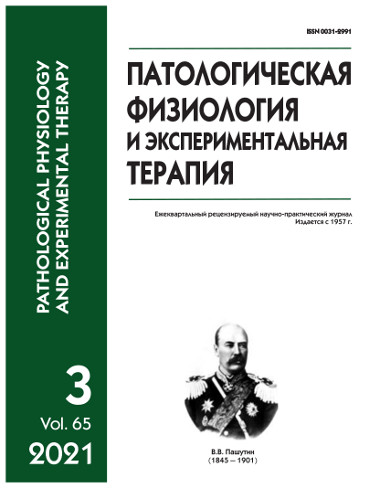Repetitive transcranial magnetic stimulation in the treatment of chronic low back pain. A systematic review (Part I)
Abstract
The aim of this review was to analyze results of studies on the effectiveness of repetitive transcranial and trans-spinal magnetic stimulation (rTMS and rTsMS) in the treatment of low back pain. Chronic low back pain (CLBP) accounts for 22% of all chronic pain cases and 35% of refractory pain syndromes and is complicated by the variability of its manifestations and mechanisms. The low success rate of traditional treatment and rehabilitation of patients with chronic pain does not take into account the cascade of neurophysiological changes (neuroplasticity), including complex interaction between tissue damage, changes in afferent information transmitted from peripheral receptors to spinal cord, brainstem and cortical regions, changes in neural processing of pain stimuli and psychosocial factors. This is reflected in the increased interest of the professional community of regenerative medicine in implementing high-tech methods of neuromodulation by repetitive electromagnetic pulses in CLBP. This first part of the review presents a systematic analysis of the literature data accumulated by the time of its publication, confirming that repetitive transcranial magnetic stimulation (rTMS) is a viable pathogenetic therapeutic method for such patients, based on experimental and clinical positive effects on impaired sensory transmission, changes in proprioception, motor control, and psychological modulation. The method has proven successful in providing short-term relief for chronic dorsalgia, while the long-term effects of rTMS (>3 months) require further investigation. In order to clarify its efficacy in patients with CLBP, a follow-up set of elaborate RCTs is required, both in terms of design and specific «blinding» of participants. In addition, various factors associated with the unification of the still heterogeneous stimulation protocols, including pulse delivery form, frequency, application location, periodicity and treatment duration, may further improve proper result interpretation.






